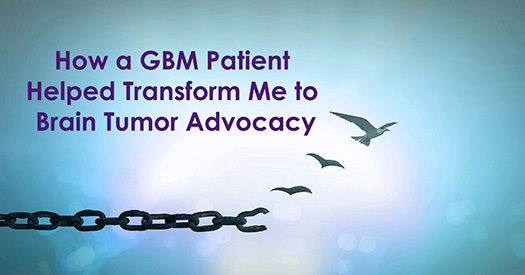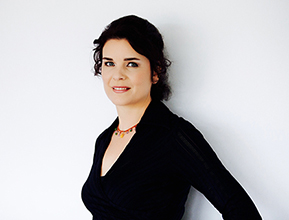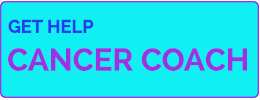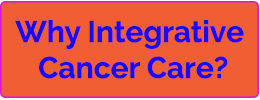
As I continued to recover from my first awake brain surgery on April 22, 1998, I attended support groups in Washington, DC. During our conversations, I explained some of my experiences, and I also shared brain tumor research findings to patients and caregivers.
It was at those meetings that I met Audrey—her sweet smile, intelligence as an attorney, independence, and love of her family was palpable. Audrey was dealing with a glioblastoma multiforme (GBM) and, thankfully, doing well in some ways. We had a sweet connection, and sometimes we traveled home together on the Metro.
Ultimately, Audrey stopped attending the support groups. Someone said her GBM was growing. Two of my friends from the group asked me if I wanted to visit her.
We arrived at her house, and Audrey wasn’t in the living room. When she did enter, my heart skipped a beat. I blocked my sadness as not to cry. Audrey was in a wheelchair. She was sedated. Her face was inflamed, and her head tipped to the side. As my sorrow overwhelmed me, I saw in person this horrific disease for the first time.
Audrey died from GBM. Her death was tragically impactful to many people. I went to her funeral and returned home with tremendous sadness and rage. That night, for over six hours, I sat at my desk in my apartment and wrote letters to policymakers. The letter featured brain tumor and brain cancer education, and the absolute need for research. I continued to write more letters on behalf of my family, friends, and anyone for whom I had an address. I then sent the letters to each person in my world, asking if they would mail the letters to their House of Representative and Senators in Washington, DC.
I felt a mosaic of emotions as my tears melted in my tender tapestry. My pain shifted into proactivity. My anger started to melt. My motions supported by motivation. Over time, that helped redefine some aspects of my psyche. Challenges became opportunities, and adversity transformed into ongoing actions.
I’m now a 20-year brain tumor survivor. I’ve seen too many people die from brain cancer and other types of cancer. I know some brain cancer patients dealing with growth. This is unacceptable. More brain cancer research is paramount.
Each person has their calling in life. The path is a process for each person. I’ve done different things, including fundraising for brain tumor and brain cancer research, lobbying Congress on specific topics, education about brain tumors, brain cancer, and other types of cancer, information about integrative cancer care for the whole person, working as a Cancer Coach, supporting professionals in the cancer arena, delivering speeches on various topics, and much more. For me in my journey, these roles in advocacy have been meaningful.
Based on your interest, if you want to make a difference in your advocacy, think about what you’d like to do. Ideas include attending fundraising events, creating your own in your area, as well as donating to hospitals and cancer non-profits. Lobbying Congress is also an approach asking for an increased brain tumor and brain cancer research and other topics. At the same time, education is essential. There are many ways to be an “advocate,” to embrace what is best for you.
May is Brain Tumor Awareness Month. Some events will occur locally and nationally to educate and fundraise for research, as well as lobbying. The largest national fundraising event is Race for Hope in Washington, DC, organized by Accelerate Brain Cancer Cure (ABC2) and the National Brain Tumor Society (NBTS).
The urgency is too real. More money for more research must occur. Now is the time.
P.S. I’m writing this P.S. in May of 2019. You can donate for the 2019 Race for Hope supporting brain tumor research. Go to their website here to donate on their homepage, or through my section 2019 Race for Hope – Donate to Brain Tumor Research.





